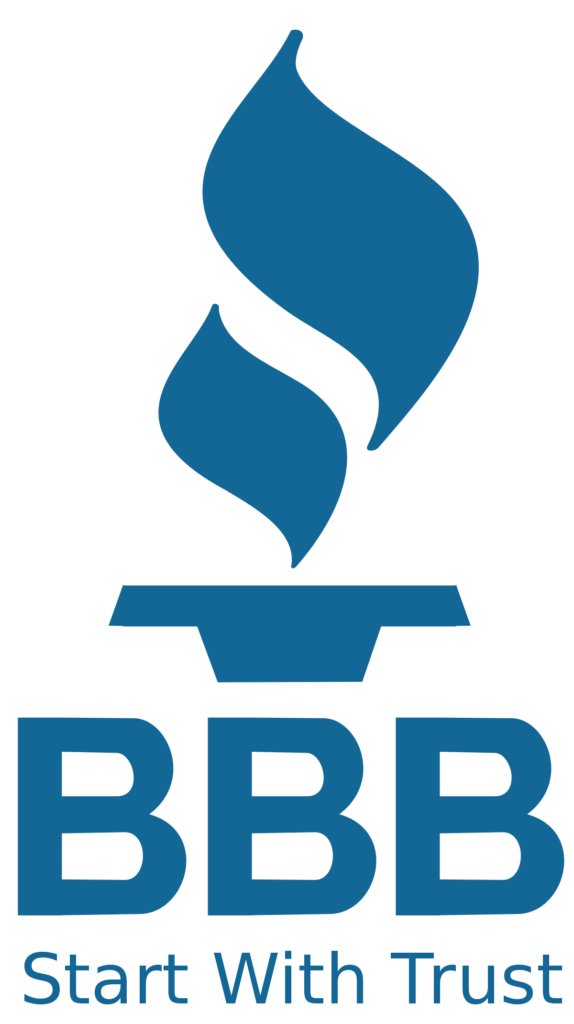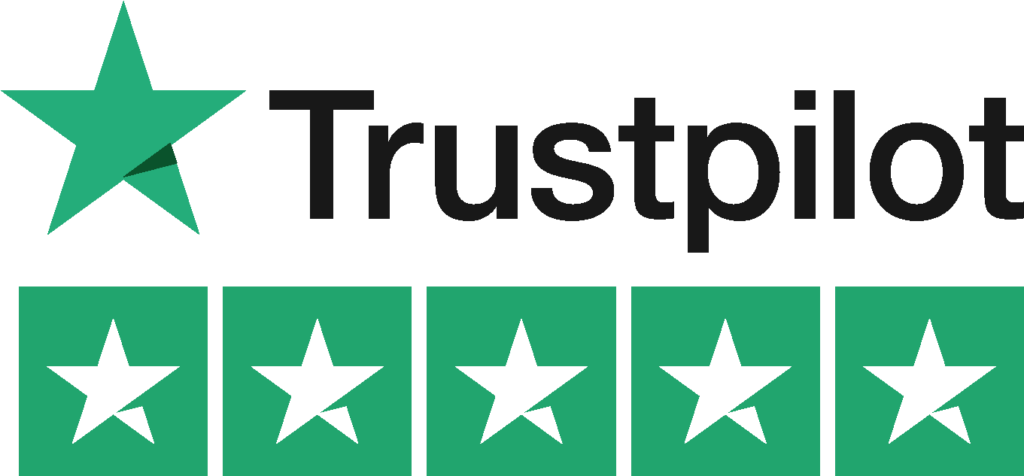The second round of Paycheck Protection Program Funding is available to help small businesses cover payroll costs, employee benefits, some interest payments, and even some uninsured property damage costs incurred during the ongoing Covid-19 pandemic. The process can take some time, so it is a good idea to know which PPP documents you need before you begin filling out your application. Getting all your paperwork in order before you meet with your lender will speed up the process and make it more likely that your application will be accepted
Who is Eligible for 2021 PPP Funding?
The documentation required for PPP funding depends upon whether your business received funding under the 2020 Paycheck Protection Program. The terminology surrounding the two rounds of PPP funding can be confusing. The 2020 pool of funding is typically called “first round” PPP loans, while the fund that became available in January 2021 is referred to as the “second round.” This is the fund that is currently being disbursed.
The 2021 PPP funding is available for both first-time borrowers and those who obtained funding last year, and most businesses with fewer than 500 employees are eligible. Loans received for the first time through PPP are called “first draw loans,” while businesses who received a loan in 2020 and are applying for another in 2021 are said to be taking a “second draw loan.”
PPP Documents Needed to Apply
If this is the first time you are applying for funding under the Paycheck Protection Program, then you are applying for a “first draw” loan.
Here are the PPP documents you will need when applying for a loan:
- PPP Application Form: There is a short form issued by the Small Business Administration that must be submitted with the rest of your documentation. Be sure you are using the 2021 revised form, which can be found here.
- Average Monthly Payroll Cost Documentation: This includes benefits like paid leave and health care costs.
- Proof of Ownership and/or Business Incorporation: Such as a certificate of organization or often a Certificate of Good Standing from your State Secretary.
- 2019 Tax Documents: The specific tax forms required differ among self-employed, partnerships, nonprofits, religious groups, tribal organizations, and S-corps. The SBA offers a breakdown of necessary tax forms by business type here.
- Identification for All Business Owners (usually Driver’s License): This is required for any partners with at least a 20% stake in the business.
- Voided Check or Electronic Funds Transfer information: This allows the funds to be disbursed to you.
Depending upon your situation, other documents may be required. Double check with your lender to see which tax documents you need to assemble.
Additional Documents for Second-Draw Loans
If you have already received a PPP loan through the first round, you may need additional paperwork for your second draw loan.
- Second Draw Borrower Application Form: Keep in mind when applying for a second PPP Loan that there are separate application forms for first draw and second draw loans.
- 2020 Revenue Documents & Proof of 2020 Revenue Loss: You can often be eligible based only on one-quarter of loss. If you use the same lender for your second draw loan as the first draw loan, you often do not need to resubmit your quarterly revenue documents.
You can typically use previously submitted documentation for the items that have not changed, such as your business’s incorporation status and owners’ identification documentation. This can speed up the process slightly.
Final Thoughts
The documentation requirements for a PPP loan are not extensive, but you do need to have your paperwork squared away to be considered. Since the deadline to apply is March 31, 2021, any missing documentation could slow down processing your application. You can learn more and begin an application here.









